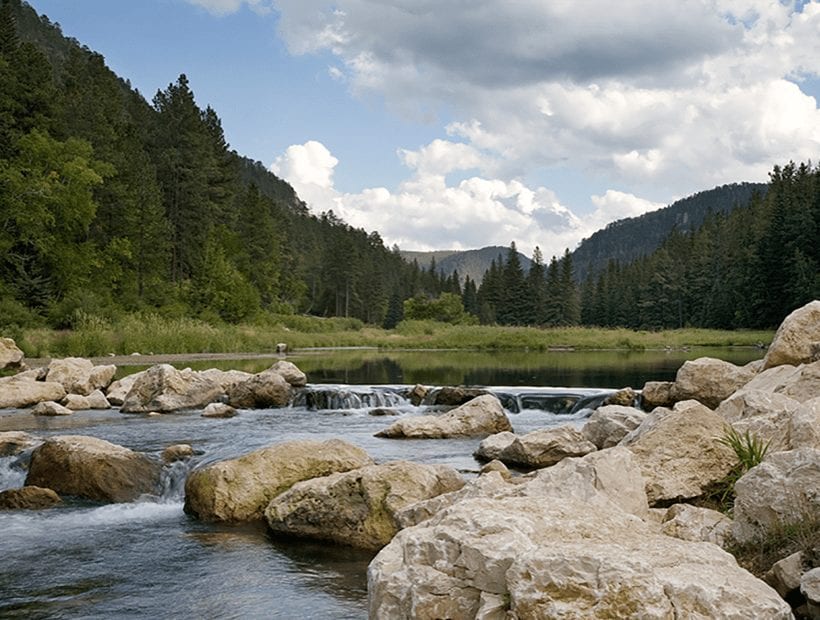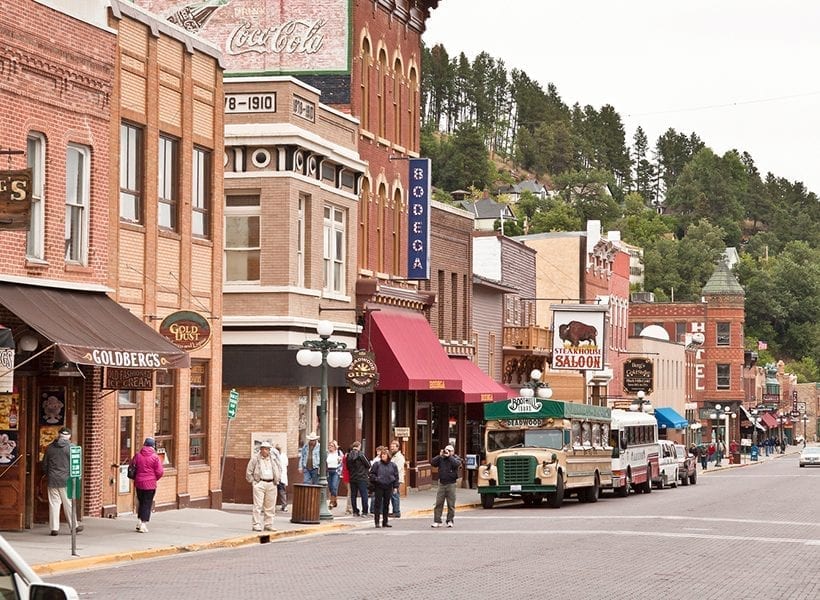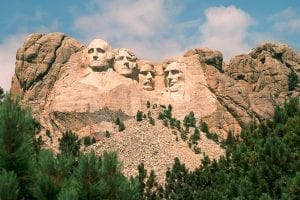Travel Nursing Jobs in South Dakota


Our travel nursing jobs in South Dakota will show you the modern-day Wild West. Here, vibrant cities meet the rugged frontier under an abundant sky, and opportunity for adventure is everywhere. No trip to South Dakota is complete without a visit to the larger-than-life Mount Rushmore. The national memorial is located in the southwestern corner of the state not far from Rapid City. Other important sites that can’t be missed include Badlands National Park and Black Hills National Forest, where you can hike terrain that seems almost otherworldly. Check out our available South Dakota travel nursing jobs below.
TNAA | TotalMed is the travel nursing agency for you – in South Dakota and across the country! We offer competitive travel nursing pay, excellent benefits, and personal service to each of our nurses.
Between Sioux Falls and Rapid City, you’ll drive 341 miles. But more than physical distance divides these ends of the state.
The eastern third of South Dakota has more in common with the farming heartland of Iowa or Indiana than with the Black Hills or the Badlands in the western part of the state – where the mining and cattle-ranching regions of the old West find their eastern limits. Both parts of the state rely on agriculture. This is a rural state, with few towns that are more than regional farm or ranch trading centers.

South Dakota combines wide-open landscapes, rugged parks, and unique cultural sites—perfect for travel nurses looking to unwind and explore on their days off.
Badlands National Park — Dramatic rock formations, scenic drives, wildlife viewing, and unforgettable sunsets.
Custer State Park — Home to a large bison herd, hiking trails, lakes, and the scenic Wildlife Loop Road.
Black Hills National Forest — A peaceful escape with hiking, fishing, camping, and scenic byways.
Spearfish Canyon — Known for its waterfalls, cliffs, and lush canyon drives, especially beautiful in fall.
Mount Rushmore — One of the nation’s most iconic monuments, with walking trails and a great evening lighting ceremony.
Crazy Horse Memorial — A massive mountain carving in progress, featuring a museum and cultural center.
Minuteman Missile National Historic Site — Offers a unique look at Cold War history with tours and exhibits.

Deadwood — A historic Old West town with museums, casinos, and lively downtown streets.
Keystone — A fun base camp near Mount Rushmore with shops, attractions, and mountain scenery.
Hill City — Cozy galleries, local wineries, and easy access to the 1880 Train.
Wall Drug — A quirky, famous roadside stop with shops, exhibits, and photo ops.
Corn Palace (Mitchell) — A one-of-a-kind landmark decorated with murals made entirely of corn.
Palisades State Park — Pink quartzite cliffs and scenic trails perfect for hiking and photography.
Hot Springs — Naturally warm waters, mineral springs, and peaceful spas to recharge after a shift.
Sylvan Lake — A favorite for swimming, kayaking, and calm lakeside walks.
Local wineries & breweries — Enjoy tastings and relaxed afternoons in towns like Hill City and Spearfish.
Rent a car — Many parks and landmarks are spread out, so having a car gives you flexibility.
Plan for weather changes — Conditions vary widely between seasons; layers are your friend.
Visit during off-peak hours — Major attractions like Mount Rushmore are quieter early in the morning or in the evening.
Make time for scenic drives — Needles Highway and Iron Mountain Road are must-dos.
Weekends = adventure time — Use your days off to explore parks and towns at a slower pace.
South Dakota participates in the Nurse Licensure Compact (NLC). This means if you hold a multistate nursing license from another compact state, you can practice in South Dakota without obtaining a separate state license.
Travel nurses with a compact license can start assignments more quickly.
If you’re from a non-compact state, you’ll need to apply for a South Dakota license. The process is straightforward and handled before your assignment begins.
Make sure your license is active and in good standing before starting your travel assignment.
Always verify your compact license eligibility and any South Dakota-specific requirements.
Check CE requirements if your assignment will extend beyond one year.